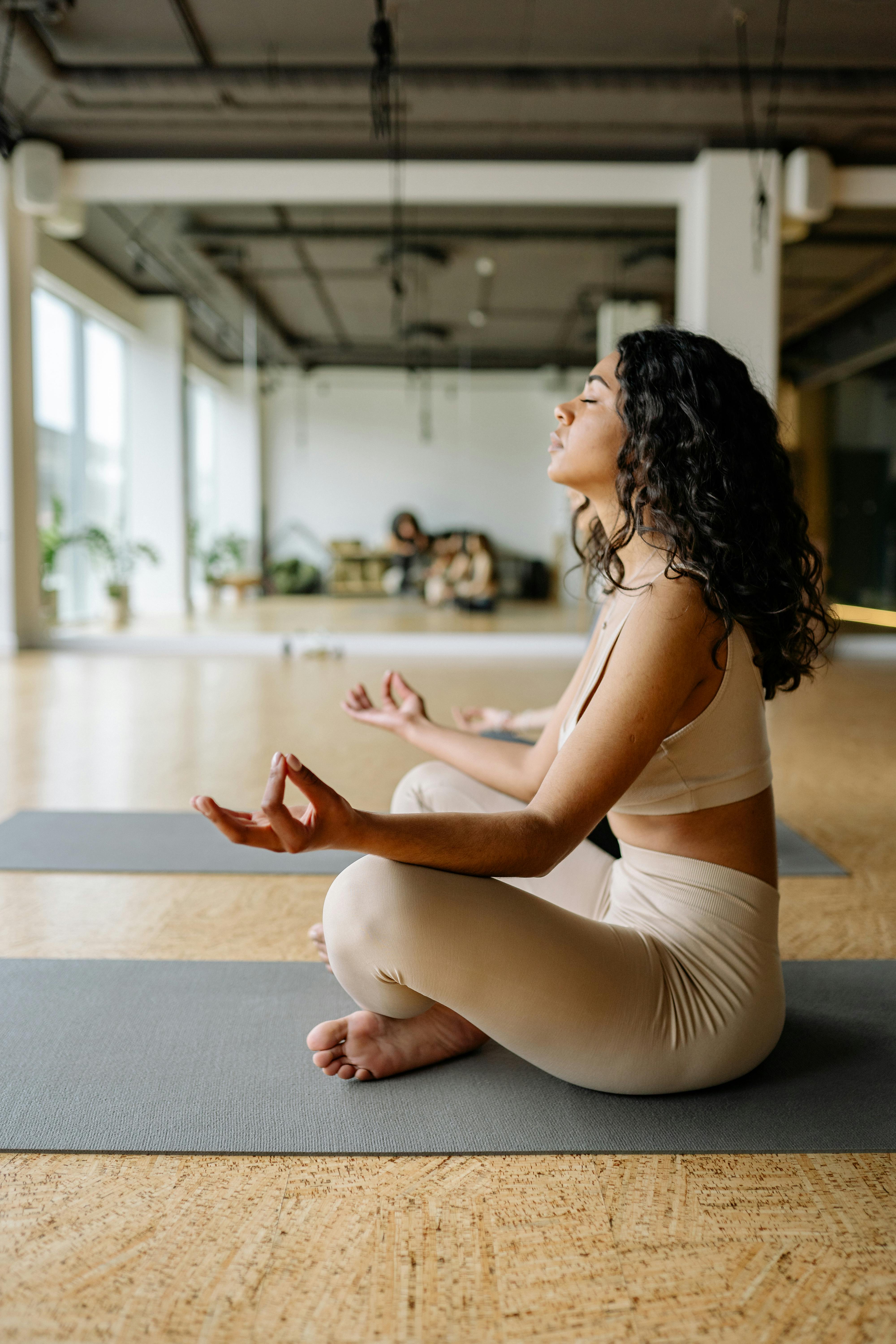The Untapped Potential of Mindful Breathing: A Deeper Dive into Pranayama
Have you ever taken a moment to simply focus on your breathing pattern? Subtly complex yet vitally important, our breath is a miraculous biological process that often goes unnoticed. Today, we're diving into the world of Pranayama, an ancient breathing technique that could revolutionize your health and wellness journey.

Unraveling the History of Pranayama
The roots of Pranayama stretch back to ancient India, where it was a key component of yoga and meditation practices. Derived from the Sanskrit words “prana” (life force) and “ayama” (control), Pranayama is essentially the control of breath. Historically, it has been used as a tool to balance energy within the body, improve mental clarity, and promote overall well-being.
Pranayama: The Science and Its Significance
In recent years, the scientific community has started to explore the physiological effects of Pranayama. Research suggests that regular practice can stimulate the parasympathetic nervous system, which is responsible for rest and relaxation responses. It can also decrease heart rate and blood pressure, contributing to a state of calm and relaxation.
Benefits of Pranayama: Beyond Physical Health
While the physical benefits of Pranayama are impressive, the mental and emotional benefits should not be overlooked. By focusing on the breath, we can harness the mind’s attention and reduce the influx of thoughts, leading to improved concentration and reduced stress levels.
The Challenges and Misconceptions about Pranayama
Despite its benefits, Pranayama is often misunderstood and underutilized. Many people assume it’s complicated or time-consuming. However, the beauty of Pranayama lies in its simplicity and flexibility. It can be practiced anywhere and anytime, from a quiet meditation space to a bustling subway station.
Practical Advice for Pranayama Practice
- Start Slow: Don’t rush into advanced techniques. Begin with simple exercises like equal breathing (inhaling and exhaling for the same length of time).
- Consistency is Key: Regular practice is more beneficial than sporadic, intense sessions.
- Pay Attention to Your Listen to your body’s signals. If a technique causes discomfort, stop and seek guidance.
As we conclude, remember that Pranayama is more than just a breathing technique. It’s a holistic practice that integrates the body, mind, and spirit, promoting overall well-being. If you’re seeking a simple yet effective wellness strategy, consider exploring the untapped potential of mindful breathing through Pranayama. After all, the secret to improved health and wellness might be as simple as taking a deep breath.





